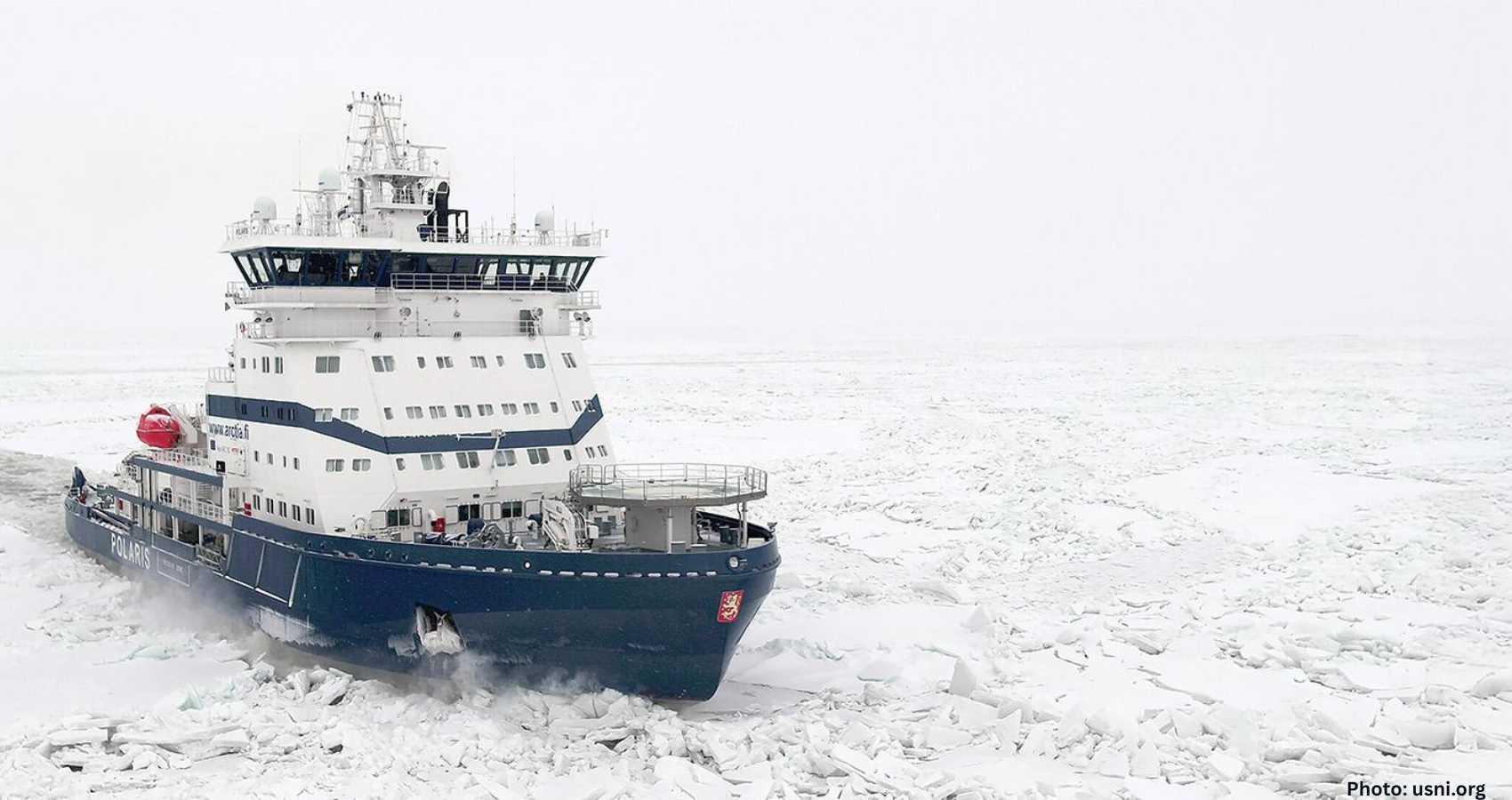The U.S. has signed a $6.1 billion agreement with Finland to acquire four new icebreakers, aiming to enhance Arctic defense amid increasing competition from Russia and China.
In a significant move to bolster its Arctic capabilities, the U.S. Coast Guard has turned to Finland for assistance in enhancing its icebreaking fleet. This decision comes as concerns grow regarding the United States’ ability to compete with global rivals in the Arctic region.
For years, military and intelligence officials have expressed alarm over the U.S. reliance on a limited number of aging icebreakers. In stark contrast, Russia boasts a fleet of over 40 icebreakers, including several nuclear-powered vessels. As climate change continues to melt sea ice, opening new shipping lanes and access to vital resources, the Pentagon and Coast Guard have emphasized that a stronger Arctic presence is essential.
On Thursday, President Donald Trump and Finnish President Alexander Stubb formalized a $6.1 billion agreement for Finland to supply up to four new icebreakers to the United States. This acquisition is part of a broader strategy to address the so-called “icebreaker gap” that has left the U.S. dependent on outdated vessels for Arctic patrols and Antarctic resupply missions.
Defense officials have underscored that the Arctic is now a critical front line for homeland defense. This region is where U.S. early-warning systems, missile detection networks, and undersea cables intersect with increasing military activities from both Russia and China. “We need these ships very badly because we have a lot of territory, more than anybody. And so, I’m very honored to have this deal,” Trump stated at the White House. “Thank you very much. It’s going to be great.”
The purchase from Finnish shipbuilders, recognized as leaders in polar vessel design, aligns with the United States’ efforts to strengthen its Arctic capabilities. Finland, which recently joined NATO, is collaborating with the U.S. and Canada in the ICE Pact. This agreement aims to expedite icebreaker construction, facilitate technology sharing, and enhance allied operations in polar waters.
The Coast Guard’s newest polar icebreaker, the U.S. Coast Guard Cutter Storis, recently returned to Seattle after a 112-day mission at sea, where it monitored Chinese-flagged research vessels Jidi and Xue Long 2. The Storis, acquired in 2024, marked the first polar ice cutter added to the Coast Guard’s fleet in 25 years. Currently, the Coast Guard operates only two other polar icebreakers: the 48-year-old Polar Star heavy icebreaker and the medium icebreaker Healy. Officials assert that at least eight polar icebreakers are necessary to meet operational demands.
In addition to its polar icebreakers, the Coast Guard maintains 21 domestic icebreakers designed to clear shipping channels in areas like the Great Lakes, as well as 16 ice-capable buoy tenders that can break through thinner layers of ice.
Russia’s strategic objectives in the Arctic include solidifying control over the Northern Sea Route, a crucial maritime passage connecting Europe and Asia through Arctic waters. The country has been actively militarizing the region, redeploying air, naval, missile, radar, and anti-submarine assets to forward bases. Given that Russia’s naval nuclear deterrent, particularly its ballistic missile submarines, relies on Arctic sea lanes for stealthy deployment, Moscow perceives Western military presence as a direct threat.
The Arctic is also rich in hydrocarbons, minerals, and rare elements—resources that the U.S. and its near-peer competitors are eager to dominate. Although China is not an Arctic state, it has positioned itself as a “near-Arctic” power and is advocating for recognition as a stakeholder in Arctic affairs. China has integrated the Arctic into its Belt and Road Initiative through the concept of the “Polar Silk Road,” a proposed maritime route over the Arctic connecting China and Europe.
As the U.S. moves forward with its plans to enhance its Arctic capabilities through this partnership with Finland, the implications for regional security and resource competition are significant. The agreement not only aims to close the icebreaker gap but also represents a strategic response to the evolving geopolitical landscape in the Arctic.
Source: Original article

